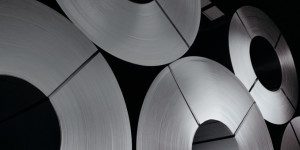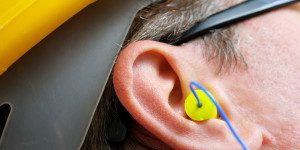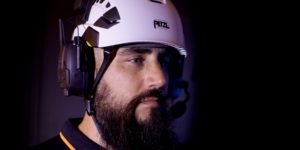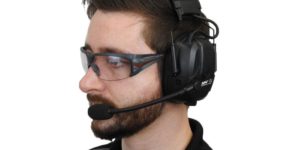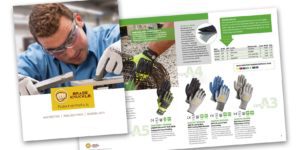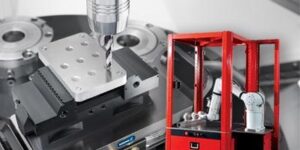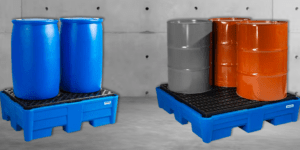Hearing Protection
This category includes Personal Protective Equipment (PPE) used to protect operators’ hearing, from both short-term hazards and long-term hearing loss. Hearing protectors must reduce the decibel level of workplace noise to within acceptable limits determined by OSHA. Along with PPE, if employees are exposed to workplaces with ambient noise at or above 85 decibels for more than eight hours, regular hearing tests conducted by professionals are also required. Hearing protection devices include single-use earplugs that self-form to fit in the ear, preformed or molded earplugs that are individually fitted to the user, and earmuff-style protectors that form a perfect seal around the operator’s ear.
Hearing Conservation: Fit Testing for Heavy Fabrication
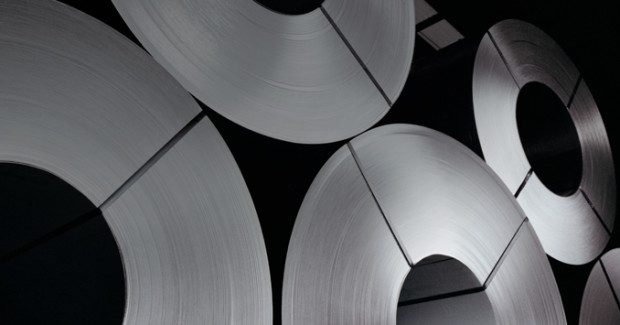
Fit testing advances hearing protection at the steel mill:
even the best earplugs won’t work — if they’re not properly worn.
Fit testing advances hearing protection at the steel mill:
even the best earplugs won’t work — if they’re not properly worn.
When mobile workers in lean shops move into and out of noise-hazardous areas, they can’t simply wear maximum protection at all times to block out every hazardous noise. Here are some tips on selecting the right protector for any situation that can solve these problems.
How wireless communication leads to a safer and more efficient work environment
in today’s manufacturing environment.
SRS Tactical partners with Cardo Crew and introduces revolutionary smart hearing protection device to the North American market.
The catalog, which is also available online, features gear that stands up to the biggest challenges while maintaining ultimate wearability and style.








